In recent art news, it has been determined that a famous portrait of President Abraham Lincoln’s wife, Mary Todd, which has been hanging in the Illinois governor’s mansion, is a fake. This deception was discovered by an art restorer, who found that the portrait is actually of an anonymous woman with elements added to the painting to make it appear as Lincoln’s wife.
Art forgery is not a new concept, and I was surprised to learn that, according to Wikipedia, there are three categories of forgers: the person who actually creates the fraudulent piece, the person who discovers a piece and attempts to pass it off as something it is not, in order to increase the piece’s value, and the third who discovers that a work is a fake, but sells it as an original anyway.
The Association for Research into Crimes against Art, or ARCA, is a non-profit organization that studies, offers education, and reports on art-related crime. A quick glance at their statistics shows that out of all countries, Italy leads the world in art crime. In 2001, 142,258 forgeries were recovered. A staggering number!
For art collectors, the best way to avoid frauds is to use common sense. Only deal with reputable dealers, and make sure each work comes with a certificate of authenticity. Educate yourself fully about the artists that you are interested in, and don’t be afraid to ask questions.
On Zatista, you can only find real works of art from real artists. There are no fakes or forgeries, just original artwork that is 100% guaranteed so you can always buy with confidence.
Brian Sylvester is a guest blogger on WallSpin, and an artist on Zatista.
Related articles
- Top finds and fakes in the art world (telegraph.co.uk)
- Art Forgeries (simplysalmagundi.wordpress.com)
- Artist Glimpse – Doug Hockman (zatista.com)
- 10 Ways to Make a New St(ART) (zatista.com)



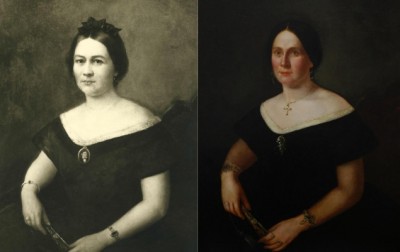
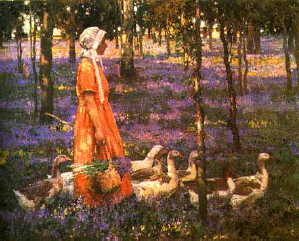
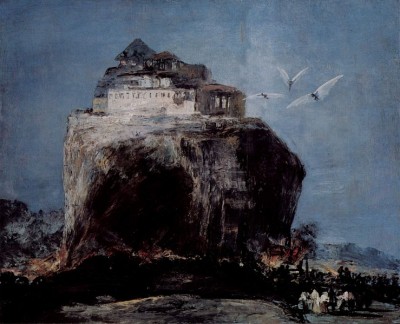
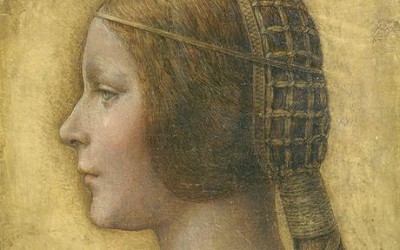
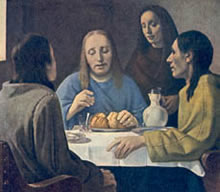
Comments (0)